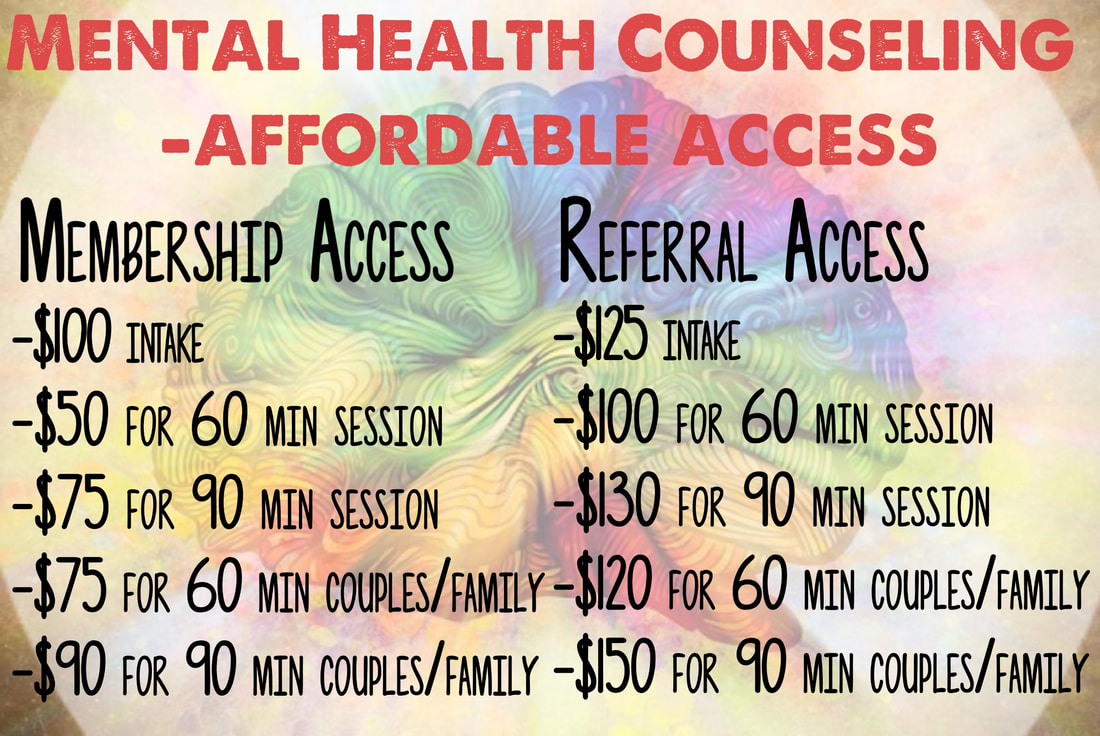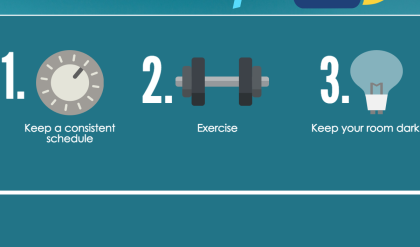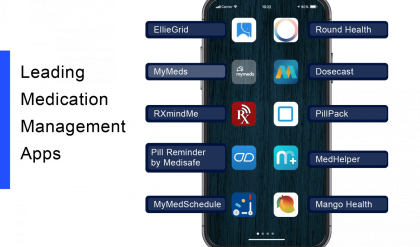
Your Guide to Affordable Mental Health Services Near You: Navigating the Path to Well-being
Finding affordable mental health services can feel like navigating a maze. The cost of therapy and counseling can be prohibitive, leaving many feeling lost and alone in their struggles. But access to support shouldn’t be a luxury – it’s a fundamental right. This guide provides a roadmap to finding affordable mental healthcare options tailored to your specific needs and location.
Understanding the Landscape:
The mental health landscape is diverse, offering a range of options beyond traditional therapy. Before diving in, it’s crucial to understand the different service types and their cost structures:
- Traditional Therapy: Individual or group sessions with licensed therapists, psychologists, or psychiatrists. Costs vary significantly based on provider experience, location, and insurance coverage.
- Online Therapy: Provides convenient and often more affordable access to therapists through video conferencing. Subscription-based models are becoming increasingly popular.
- Community Mental Health Centers (CMHCs): Offer sliding-scale fees based on income, making services accessible to low-income individuals. They often provide a range of services, from individual therapy to group support.
- Peer Support Groups: Provide a safe and supportive environment where individuals with similar experiences can connect and share their stories. Often free or low-cost.
- Employee Assistance Programs (EAPs): Many employers offer EAPs providing short-term counseling and other resources to employees. Check with your HR department.
Finding Affordable Options Near You:
Locating affordable services begins with a targeted search. Here’s a step-by-step approach:
-
Check Your Insurance: Most insurance plans offer some level of mental health coverage. Review your policy details to understand your benefits and out-of-pocket costs. Identify in-network providers to minimize expenses.
-
Utilize Online Directories: Websites like Psychology Today, GoodTherapy, and Zocdoc allow you to search for therapists by location, specialization, and insurance accepted. Many therapists list their fees or accept sliding-scale payments.
-
Explore Community Resources: Contact your local health department, CMHC, or social service agencies. They often have lists of affordable providers and resources for financial assistance.
-
Seek University-Based Clinics: Many universities with psychology departments offer low-cost services provided by graduate students under the supervision of licensed professionals.
-
Consider Sliding Scale Therapists: Many therapists offer sliding-scale fees, adjusting their rates based on a client’s income. Don’t hesitate to inquire about this option.
Creative Cost-Saving Strategies:
Beyond finding affordable providers, consider these creative cost-saving strategies:
- Group Therapy: Group therapy sessions are typically less expensive than individual sessions.
- Short-Term Therapy: Focus on specific goals to reduce the overall duration and cost of therapy.
- Self-Help Resources: Supplement professional therapy with self-help books, apps, and online resources to enhance your journey.
Table: Comparing Mental Health Service Options
| Service Type | Cost | Accessibility | Pros | Cons |
|---|---|---|---|---|
| Traditional Therapy | Varies greatly | Moderate | Personalized care, expert guidance | Can be expensive, requires commitment |
| Online Therapy | Varies, often lower | High | Convenience, affordability | Less personal connection, tech reliance |
| CMHC | Sliding scale | High | Affordable, comprehensive services | Long waitlists, limited availability |
| Peer Support Groups | Often free | High | Community, shared experiences | Lack of professional guidance |
Taking the First Step:
Seeking help for your mental health is a sign of strength. Don’t let financial concerns deter you from accessing the support you deserve. By utilizing the resources and strategies outlined in this guide, you can navigate the path to well-being and find affordable mental health services near you. Remember to prioritize your mental health – it’s an investment in your overall well-being.

Additional Information
Delving Deeper into Access and Affordability in Mental Healthcare
While a guide to affordable mental health services provides a crucial first step in addressing a critical societal need, a deeper analysis is necessary to understand the systemic issues impacting access and the true meaning of “affordable.” Simply listing providers doesn’t address the broader context of cost, quality, and equitable access.
1. The Illusion of Affordability:
The concept of “affordable” is highly subjective and depends on individual income levels and insurance coverage. A service costing $50 per session might be affordable for a high-income individual but prohibitively expensive for someone earning minimum wage. The guide needs to explicitly acknowledge this variability. Including a cost-tier system (e.g., low-cost, moderate-cost, high-cost) alongside service descriptions would offer greater clarity. Furthermore, the guide should address the hidden costs associated with mental healthcare, such as:
- Transportation: Travel to appointments can be a significant barrier, particularly for individuals in rural areas or those with limited mobility.
- Medication: The cost of prescription drugs, even with insurance, can be substantial and contribute significantly to the overall expense of treatment.
- Time off work: Missed work for appointments represents a loss of income, further exacerbating financial strain.
2. Insurance Coverage and its Limitations:
Insurance plays a crucial role in determining accessibility. However, many insurance plans have limitations:
- Network restrictions: Many plans only cover providers within their network, potentially limiting choices and geographical access.
- Pre-authorization requirements: The need to obtain pre-authorization for services can create delays and add administrative burden.
- High deductibles and copays: Even with insurance, high deductibles and copays can render services effectively unaffordable for many.
- Parity Laws and their Enforcement: While parity laws aim to ensure equal coverage for mental health and physical health services, enforcement varies significantly, leading to disparities in access.
3. Quality of Care and Provider Selection:
Affordability should not come at the cost of quality. The guide needs to provide criteria for evaluating providers beyond cost:
- Licensing and Credentials: Verifying provider credentials (e.g., licensure, board certification) is paramount.
- Specialization and Expertise: Different mental health professionals (e.g., psychiatrists, psychologists, therapists) possess varying levels of expertise. Matching individuals with providers specializing in their specific needs is crucial.
- Client Reviews and Feedback: Integrating client feedback (where available and ethically sourced) can offer valuable insights into provider quality and experience.
- Cultural Competence: Access to culturally competent providers is vital to ensure effective treatment and reduce disparities in mental healthcare access among minority groups.
4. Addressing Systemic Barriers:
The guide should acknowledge the systemic barriers contributing to the lack of affordable mental healthcare:
- Shortage of Mental Health Professionals: A significant shortage of mental health professionals, particularly in underserved areas, restricts access.
- Stigma and Discrimination: Social stigma surrounding mental illness continues to be a significant barrier, preventing individuals from seeking help.
- Lack of Awareness and Education: Limited awareness of available resources and services further hinders access.
5. Case Study Example:
Consider a single mother working two minimum-wage jobs. Even with Medicaid, she might face challenges accessing affordable mental healthcare due to high copays, limited provider availability in her area, and the need to take time off work for appointments, resulting in lost income. This highlights the complex interplay of factors influencing affordability and accessibility.
Conclusion:
A comprehensive guide to affordable mental health services must go beyond simply listing providers. It needs to address the complexities of cost, insurance coverage, quality of care, and systemic barriers to access. By integrating a deeper analysis of these issues, the guide can empower individuals to make informed decisions and advocate for improved access to equitable and affordable mental healthcare. The ultimate goal should be not just finding affordable options, but ensuring genuinely accessible and high-quality care for everyone.






